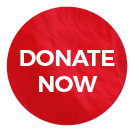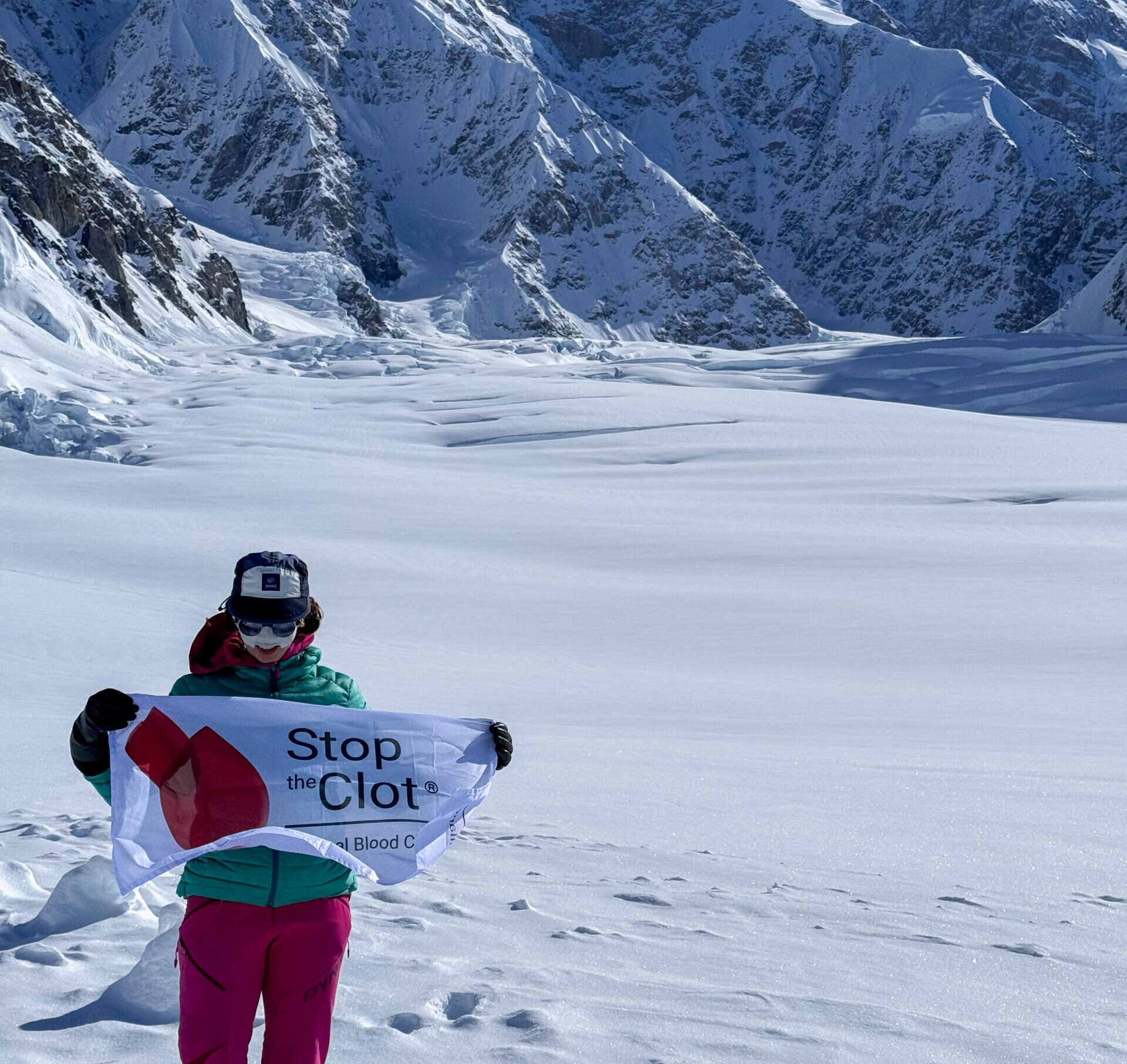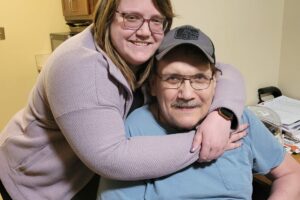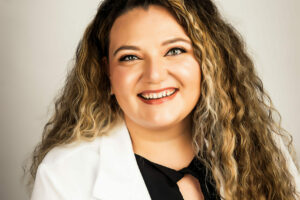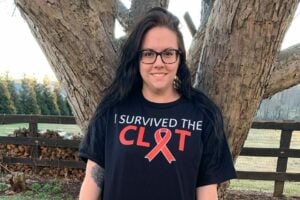Two weeks after a 68-mile bike ride, I couldn’t straighten my leg, and my veins bulged.
“It’s just a bruise,” the ER doctor said, looking at my leg.
He dismissed it the same way that the sports doctor and physical therapists did. But weeks later, my leg looked blue with spider veins. I sent a photo to my mom, who is also a doctor, and she said to get it checked ASAP.
At the ER, I told the doctor that it wasn’t just a bruise, that I’d already seen other medical professionals, and now the pain was getting worse. But all my vitals looked fine. I told him I was on estrogen-based birth control pills and that I needed to get checked.
He ordered a scan, and then I got the diagnosis and cried. They called me the next day to see how I was feeling, and I said that I’d also had trouble breathing on a hike days before. I went back in, and they found a bilateral pulmonary embolism.
I’d spent the summer recovering from a partially torn calf muscle from a ski accident. If anything, I was just starting to feel like myself again.
The diagnosis and blood thinners felt like a death sentence. I didn’t know how long I would be on the meds, or if I’d be able to get back to the things I love most: ski mountaineering, climbing, and ultramarathon running. Feeling that bliss of perfect harmony between my body, my mind, and the mountains.
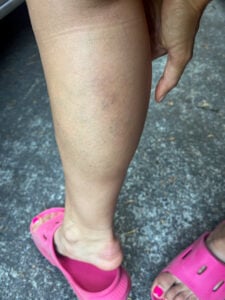
I had a cocktail of risk factors: pre-existing injury (recovering from calf muscle strain), estrogen-based birth control, factor V Leiden heterozygous gene, dehydration, and repetitive motion and sitting while biking a long distance.
(My parents also got tested for factor V Leiden, and they found that they’re both heterozygous like me.)
My body had betrayed me. I could have died, and now the life that I was living didn’t feel like my own. But it was all I had, and I had to make the most of it.
I read everything I could about blood clots and returning to endurance sports and mountaineering. There’s a major gap in medical research around young, endurance athletes and blood clots. NBCA was very supportive, as were other survivors from the climbing community.
Yet I still had many questions around high altitude and ultramarathon running after clots. My body felt like my own experiment. Eventually, I found survivors who had active lifestyles, and I saw a high-altitude pulmonologist. I found hope.
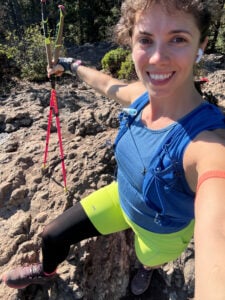 With the help of a therapist, I learned to trust my body again and manage my fear about the clots coming back. I gradually returned to hiking, then trail running and mountain sports.
With the help of a therapist, I learned to trust my body again and manage my fear about the clots coming back. I gradually returned to hiking, then trail running and mountain sports.
I got off blood thinners after three months and entered the gray zone. What could my body do? What couldn’t it do? I had to find out.
I set an ambitious goal: skiing Denali, the tallest mountain in North America. I started training, focusing on keeping my heart rate low. If I moved slowly, I could go all day. Too fast, and I’d have trouble breathing and start panicking.
Over time, I got stronger. I made it to 14,000 ft on Denali before turning around due to the weather. And I learned to love my body again.
The hardest part is trusting your body again. Give yourself grace, find a therapist, and exercise in any way you can. Celebrate every win, no matter how small. Eventually, you will find comfort and meaning in the phrase “my body is my home.”
Resources
Athletes and Blood Clots
Factor V Leiden
Psychological Impact of Blood Clots
